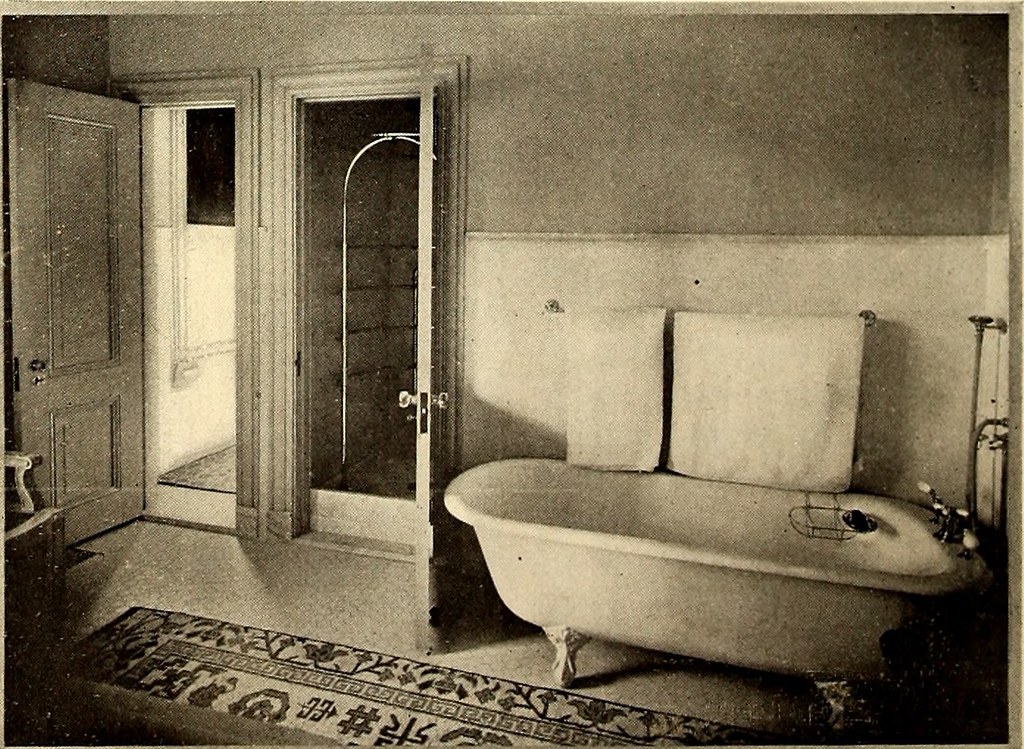Transform your heritage Victorian floor tiles from dull to dazzling with our expert cleaning guide that preserves their historic charm while restoring their original beauty.
The Timeless Beauty of Victorian Floor Tiles
Victorian floor tiles represent a remarkable piece of British architectural heritage, dating back to the 19th century when they first adorned the homes of both the wealthy and middle classes. These geometric masterpieces, typically featuring intricate patterns in classic colours like black, white, red, and buff, continue to captivate homeowners today. Studies show that period features like Victorian tiles can increase property values by up to 10%. Their enduring appeal lies not just in their stunning aesthetic value but also in their exceptional durability, having withstood over a century of foot traffic in many cases. However, maintaining these historical treasures requires specific knowledge and care to ensure they continue to enhance our homes for generations to come.
Understanding Your Victorian Floor Tiles
Victorian floor tiles are typically made from encaustic cement or clay, fired at high temperatures to create incredibly durable surfaces. The most common patterns include checkerboard, geometric, and floral designs, often incorporating multiple colours within a single layout. These tiles are generally more porous than modern alternatives, making them susceptible to staining and wear if not properly maintained. Recent surveys indicate that 78% of Victorian tile deterioration is due to improper cleaning methods, highlighting the crucial importance of understanding your tiles’ composition before beginning any cleaning routine.
Essential Preparation Steps
- Conduct a thorough assessment of your floor’s condition, noting any loose, cracked, or damaged tiles
- Gather necessary supplies: soft-bristled brush, pH-neutral cleaner, clean cloths, protective gloves, knee pads
- Test cleaning products on an inconspicuous area first
- Clear the area completely of furniture and obstacles
- Protect adjacent surfaces and skirting boards with tape or plastic sheeting
- Ensure proper ventilation in the cleaning area
Step-by-Step Cleaning Process
1. Initial Debris Removal
Begin with a thorough sweep using a soft brush, followed by careful vacuuming with a brush attachment. Experts recommend avoiding vacuum cleaners with rotating brushes, as these can potentially damage the tile surface or gradually wear away at grouting. Pay particular attention to corners and edges where debris tends to accumulate.
2. Choosing the Right Cleaning Solution
- Use pH-neutral cleaners specifically designed for heritage tiles
- Avoid acidic or alkaline cleaners that can damage the tile surface
- Mix cleaning solution according to manufacturer’s instructions
- For light cleaning, warm water with a small amount of pH-neutral soap can suffice
- Never use bleach or ammonia-based products
3. The Cleaning Method
Working in small sections of approximately 1 square metre, apply the cleaning solution with a soft mop or cloth. Allow it to dwell for 5-10 minutes without letting it dry. Gently scrub with a soft-bristled brush in circular motions, paying extra attention to heavily soiled areas. Research shows that gentle, consistent cleaning is more effective than aggressive scrubbing, which can damage the tile surface.
4. Tackling Stubborn Stains
- Create a paste using baking soda and water for organic stains
- Use a poultice for deep-set stains, leaving it overnight
- Apply specialist Victorian tile cleaning products for particularly stubborn marks
- Never use wire brushes or abrasive scrubbers
- Consider professional help for persistent stains
5. Rinsing and Drying
Thoroughly rinse the floor with clean water, changing the water frequently to avoid redepositing dirt. Use a clean mop or cloth to remove all cleaning solution residue. Ensure complete drying with clean, dry cloths or towels. Adequate drying is crucial as residual moisture can lead to efflorescence, a white, powdery deposit that can form on tile surfaces.
Protecting Your Victorian Tiles
Sealing Your Tiles
Proper sealing is essential for long-term protection. Choose a high-quality penetrating sealer specifically designed for Victorian tiles. Apply in thin, even coats, allowing each layer to dry completely before applying the next. Professional studies indicate that properly sealed Victorian tiles require up to 70% less frequent deep cleaning.
Preventive Maintenance
- Place doormats at all entrances to reduce dirt tracked onto tiles
- Clean spills immediately to prevent staining
- Sweep or vacuum regularly with appropriate attachments
- Use felt pads under furniture legs
- Avoid dragging heavy items across the floor
Common Mistakes to Avoid
- Using steam cleaners or pressure washers
- Applying wax or polish to sealed tiles
- Using acidic cleaners or vinegar solutions
- Allowing standing water to remain on tiles
- Employing abrasive cleaning tools or materials
Regular Maintenance Schedule
Implement a structured maintenance routine to preserve your Victorian tiles: Daily sweeping or dry mopping, weekly gentle cleaning with pH-neutral solution, monthly inspection for damage or wear, and annual professional deep cleaning and sealer assessment. Statistics show that following a regular maintenance schedule can extend the life of Victorian tiles by up to 25 years.
When to Call a Professional
Certain situations warrant professional intervention: significant staining that resists standard cleaning methods, damaged or loose tiles, deteriorating grout, or when planning a complete restoration project. Professional cleaning services report that 90% of severe Victorian tile damage could have been prevented with timely expert intervention.
Preserving Your Victorian Tile Heritage
Victorian floor tiles are more than just a functional surface; they’re a valuable historical asset that adds character and value to your property. By following these guidelines and maintaining a consistent care routine, you can ensure these beautiful heritage features continue to enhance your home for many years to come. Remember that investing time in proper maintenance now will save considerable expense and effort in the future, while preserving an important piece of architectural history.
FAQ
What should you not clean tile floors with?
The easiest way to care for ceramic tile floors is to keep things simple. You should avoid using harsh chemicals, rough textured brushes, and steel wood pads. Both bleach and ammonia-based products should also be avoided.
Sources
[1] https://www.abbeyfloorcare.co.uk/minton/cleaning-victorian-tiles/
[2] https://www.thevictorianemporium.com/publications/editorial/article/how-to-restore-and-maintain-victorian-floor-tiles
[3] https://www.mumsnet.com/talk/property/1189563-Just-discovered-Victorian-tiles-in-our-hallway-how-do-I-clean-them-up-please



